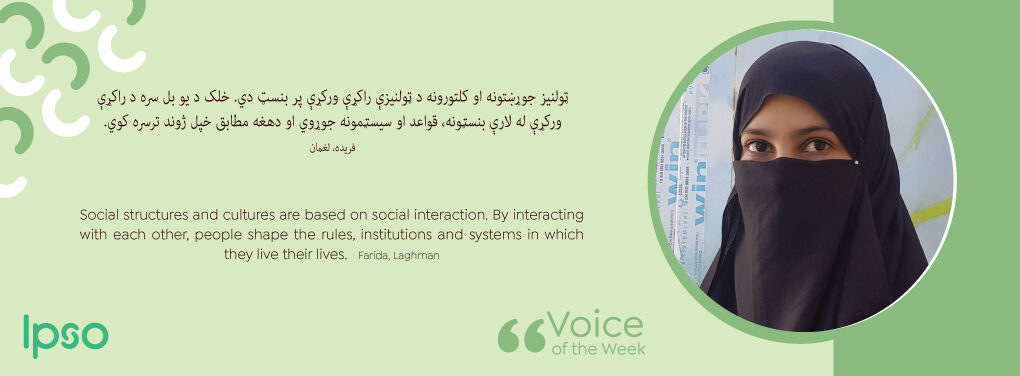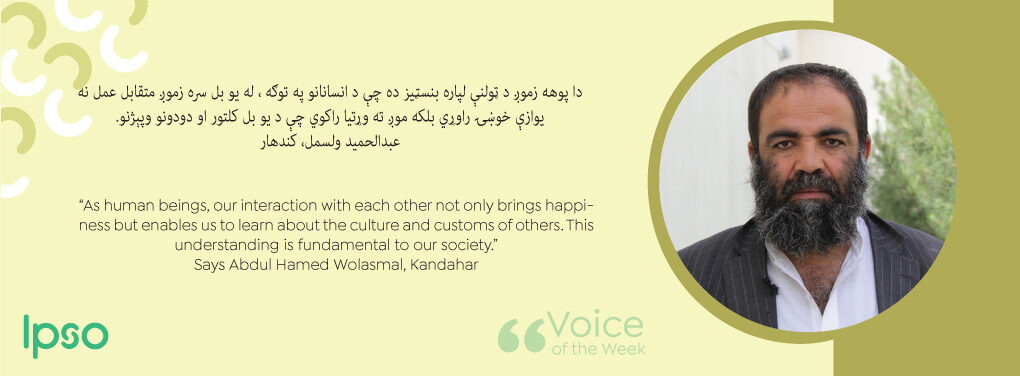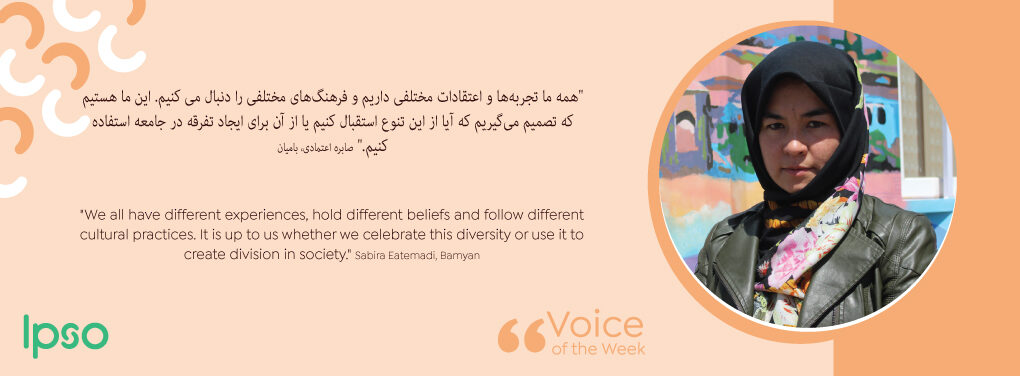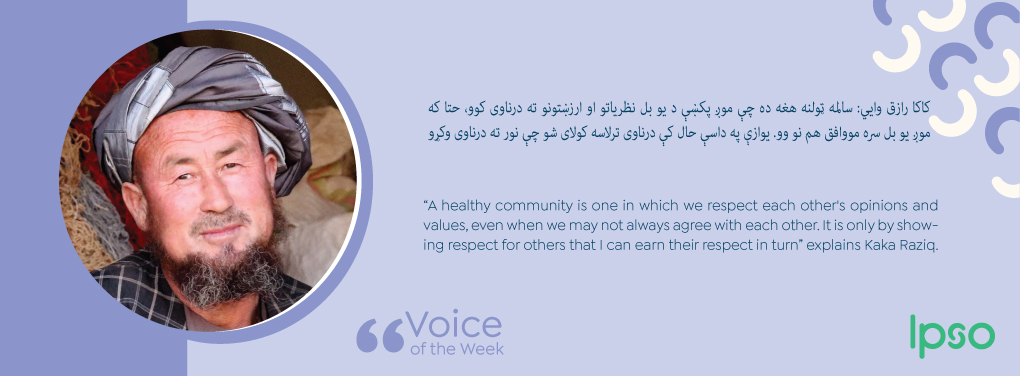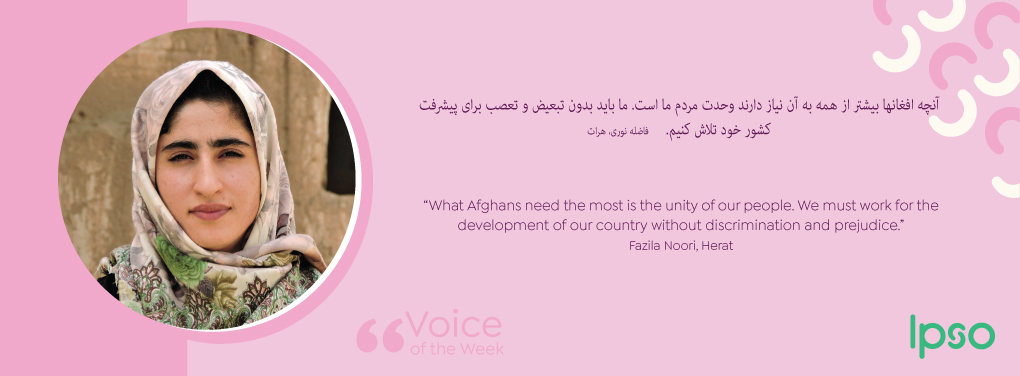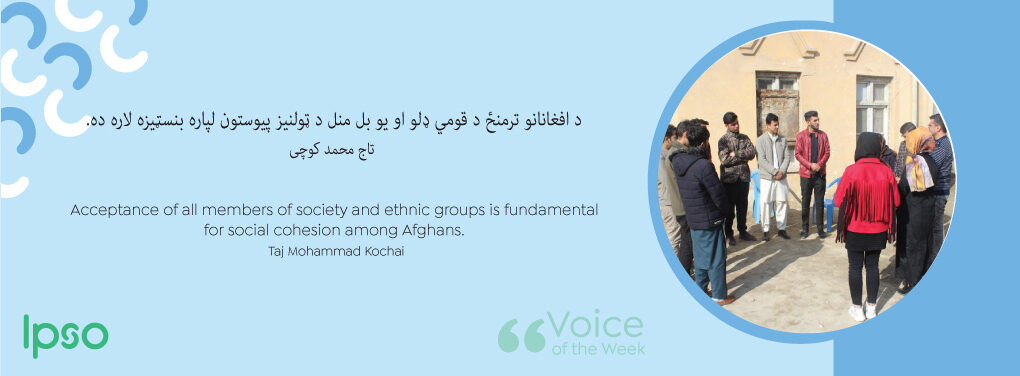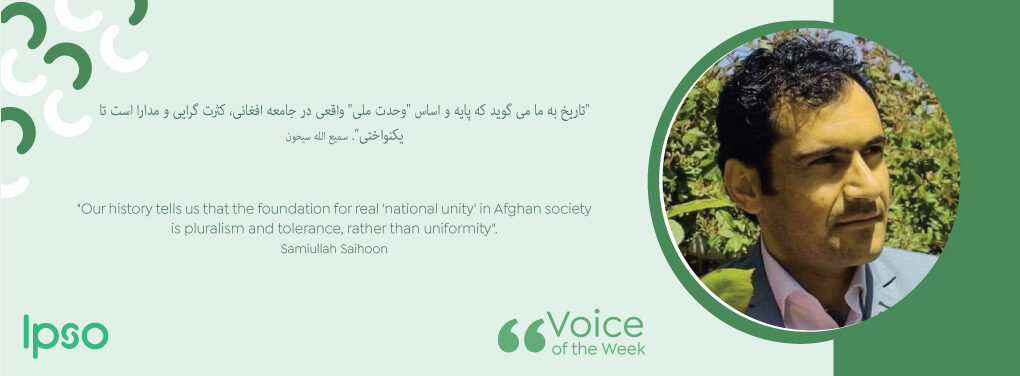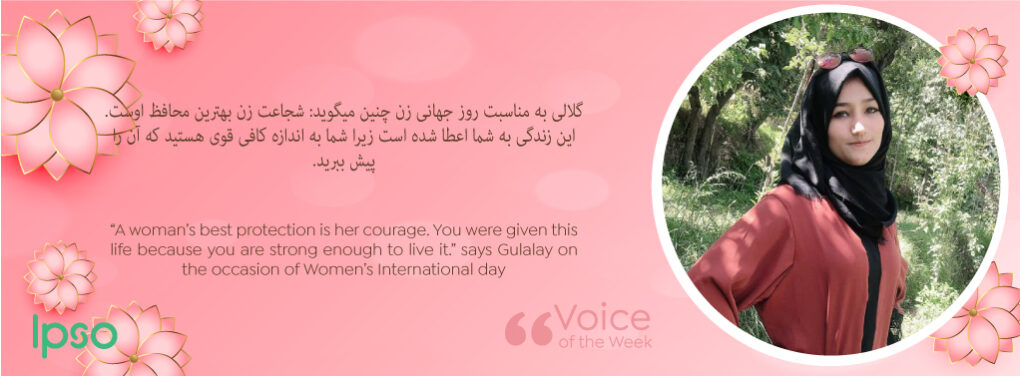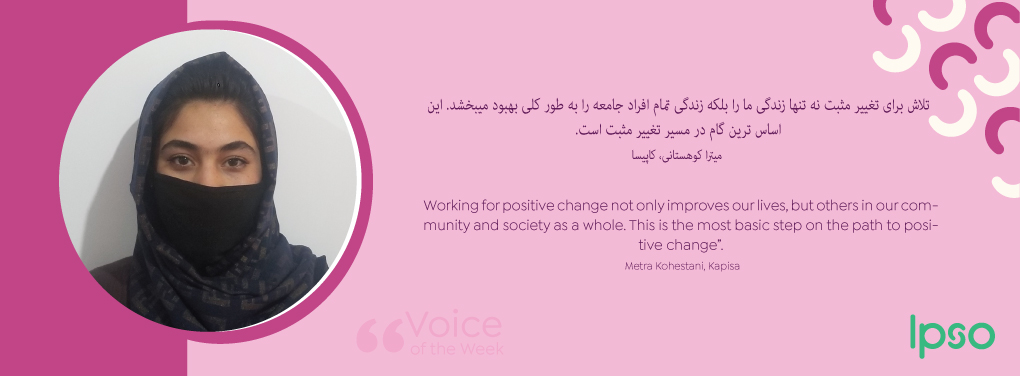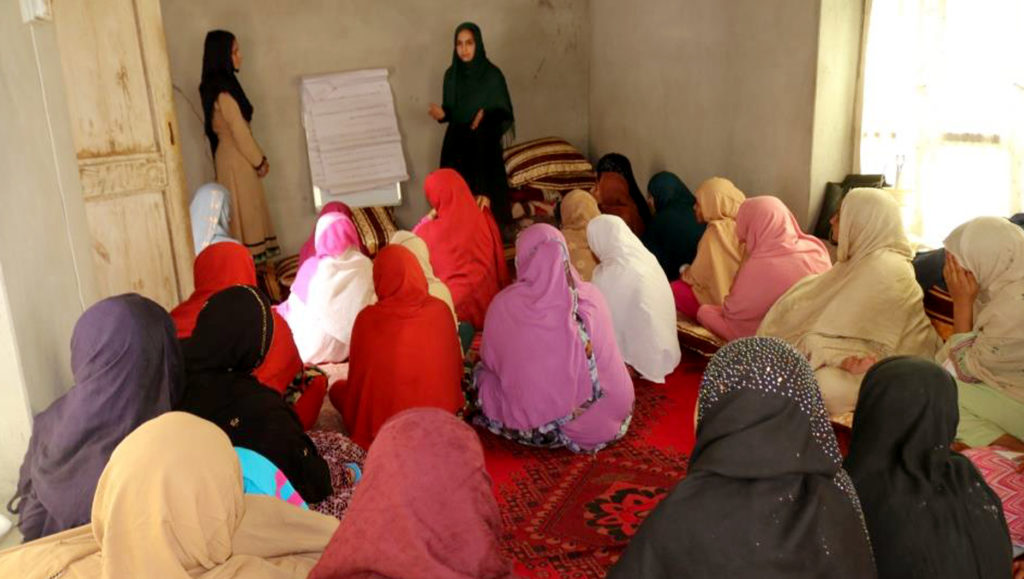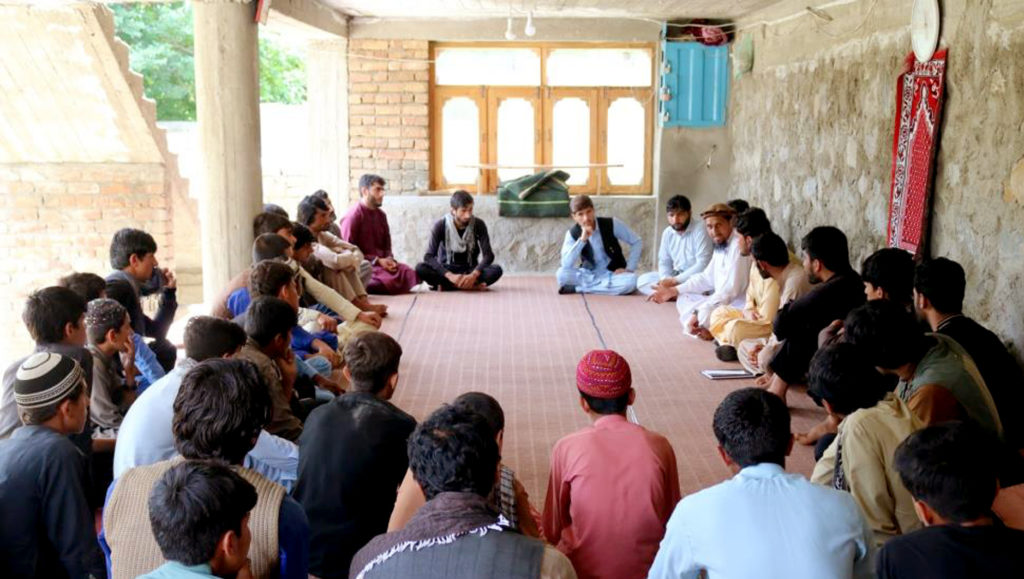Wahida, Siwa, Emranullah and Aziz are the young leaders of the Laghman socio-cultural container. They designed a community project titled “Education for all” to promote literacy and education in targeted villages of Laghman province.
Afghanistan’s education system has been devastated by around four decades of sustained conflict. For many of the country’s children, completing primary school remains a distant dream – especially in rural areas and for girls – despite recent progress in raising enrolment.
During the past decade, Afghanistan has been making progress in improving children’s access to education. Primary school enrollment rate increased from 1 million to 8.5 million between 2002 and 2019, according to UNICEF Afghanistan.
Yet, violence, poverty, and drought are among the many issues that threaten to reverse these gains. Approximately 3.7 million children remain out-of-school 60 percent of whom are girls. This is more comprehensible in the poorest and remote areas of the country.
The young leaders chose Wardak and Nasrat Qala villages of Laghman to implement their community project. Two villages that they think are remained excluded and less-informed compared to other villages in Laghman province. Their objective was to invite all members of the community including the clerics, teachers, household heads and young people and facilitate a dialogue regarding the value that education can create in their community.
“Our community project is primarily focused on raising awareness. As young leaders, maybe we cannot build schools, but what we can do is to encourage people to allow their children get an education” said one of the young leaders.
“I saw one of my villagers stopped his son, while his he was heading to school, and said: from now on you can’t go to school, you have to work with me on the field,” said Kaka Qaher, one of the participants of the community dialogue sessions from Wardak village.
Wahida and Siwa conducted a special session with 45 women from Nasrat Qala to discuss the challenges and prospect of girls getting an education in their village. “They all had different experiences; some let their girls go to school, some others do not. We asked them to share and learn from one another’s experiences”, said Siwa.
“Although in our village people do let their girls go to school, as soon as they turn twelve years old, they are no longer allowed to continue” Said one of the participants from Nasrat Qala village.
“A girl can continue her studies better if we, as mothers and sisters, support her,” said Nasima.
The availability of female teachers is also a challenge, with NESP III reporting an average of 33% nationwide, ranging from 74% in some provinces to as low as 1.8%. Approximately, as many as 4098 teachers impart education to the students in the province with 311 among them are female teachers, according to Paihwok—Background Profile of Laghman Province.
“I am a housewife and I am uneducated. When I heard that some of the ladies from our neighborhood are attending the literacy classes taught by a woman, I talked to my husband to let me go there and he accepted” said another participant.
Fahim one of the participants at the closing event of the community project said: “As a father, it’s my responsibility to let my children, both sons, and daughters, to go school and I am ready to support them under any circumstances because it’s important for their future.”

